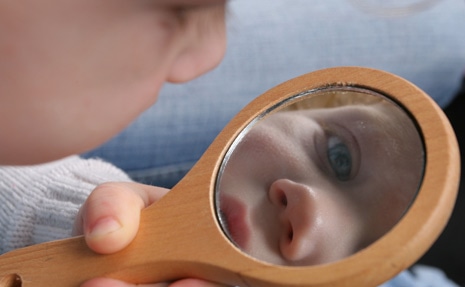When speaking with Heather McKenzie, a National Board-Certified Teacher in Literacy, on my “Empowering Women in Educational Leadership” November 22nd episode, she shared the essential idea of continuous learning to bridge the gap in education. Let’s investigate this opportunity a bit further.
Embracing the Ever-Changing Landscape
In the dynamic world of education, the only constant is change. As educators, it’s imperative to stay abreast of these changes, not just to keep up, but to ensure we are providing the best possible learning experiences for our students. The need for continuous learning in education cannot be overstated. It’s about evolving with the times, understanding the diverse needs of students, and adapting our methods to meet those needs effectively.
The Need for Growth and Improvement
Continuous learning is not merely a professional requirement; it’s a mindset. It’s about recognizing that there’s always room for growth and improvement. This mindset encourages educators to seek out new knowledge, skills, and perspectives. It’s about being proactive in learning new teaching strategies, understanding emerging technologies, and staying informed about the latest educational research.
Staying Relevant and Relatable
The student demographic is ever-changing. Each generation brings its unique characteristics, challenges, and learning styles. Staying relevant means understanding these nuances and adapting our teaching methods to ensure we are effectively reaching our students. It involves understanding their world, which is increasingly digital, multicultural, and socially complex.
Building Connections Through Communication and Relationships
At the heart of education is the relationship between teacher and student. Effective communication and relationship-building are crucial skills that require ongoing development. Continuous learning in this aspect involves understanding different communication styles, emotional intelligence, and the art of giving and receiving feedback. It’s about building trust and creating an environment where students feel valued and understood.
Creating Opportunities Through Learning
An educator who commits to lifelong learning is not just enhancing their own skills but is also creating opportunities for their students. By staying informed and adaptable, teachers can provide more enriching, relevant, and engaging learning experiences. This approach can open doors for students, exposing them to new ideas, technologies, and perspectives.
Being a Role Model for Lifelong Learning
Educators who embrace continuous learning set a powerful example for their students. They demonstrate that learning is not confined to the classroom or to a specific age. It’s a lifelong journey. By modeling this behavior, teachers inspire their students to adopt a similar attitude towards learning, setting them up for long-term personal and professional success.
Upholding High Expectations Through Self-Improvement
Committing to continuous learning also means holding oneself to high standards. Educators who are constantly learning are better equipped to set and uphold high expectations for their students. They can challenge their students effectively because they understand the latest in educational theory and practice.
Conclusion: A Commitment to Continuous Learning
The commitment to continuous learning is essential in bridging the gap between where we are and where we need to be as educators. It’s about being open to new ideas, willing to challenge ourselves, and dedicated to improving our craft. In the ever-evolving field of education, our willingness to grow is not just beneficial; it’s essential. By embracing continuous learning, we create a culture of growth, opportunity, and excellence, both for ourselves and for the generations we teach.
For support in bridging the gap through continuous learning, I would be honored to guide you along your journey. Reach out to me for a free consultation at www.drstephanieduguid.com, I would love to help you!






